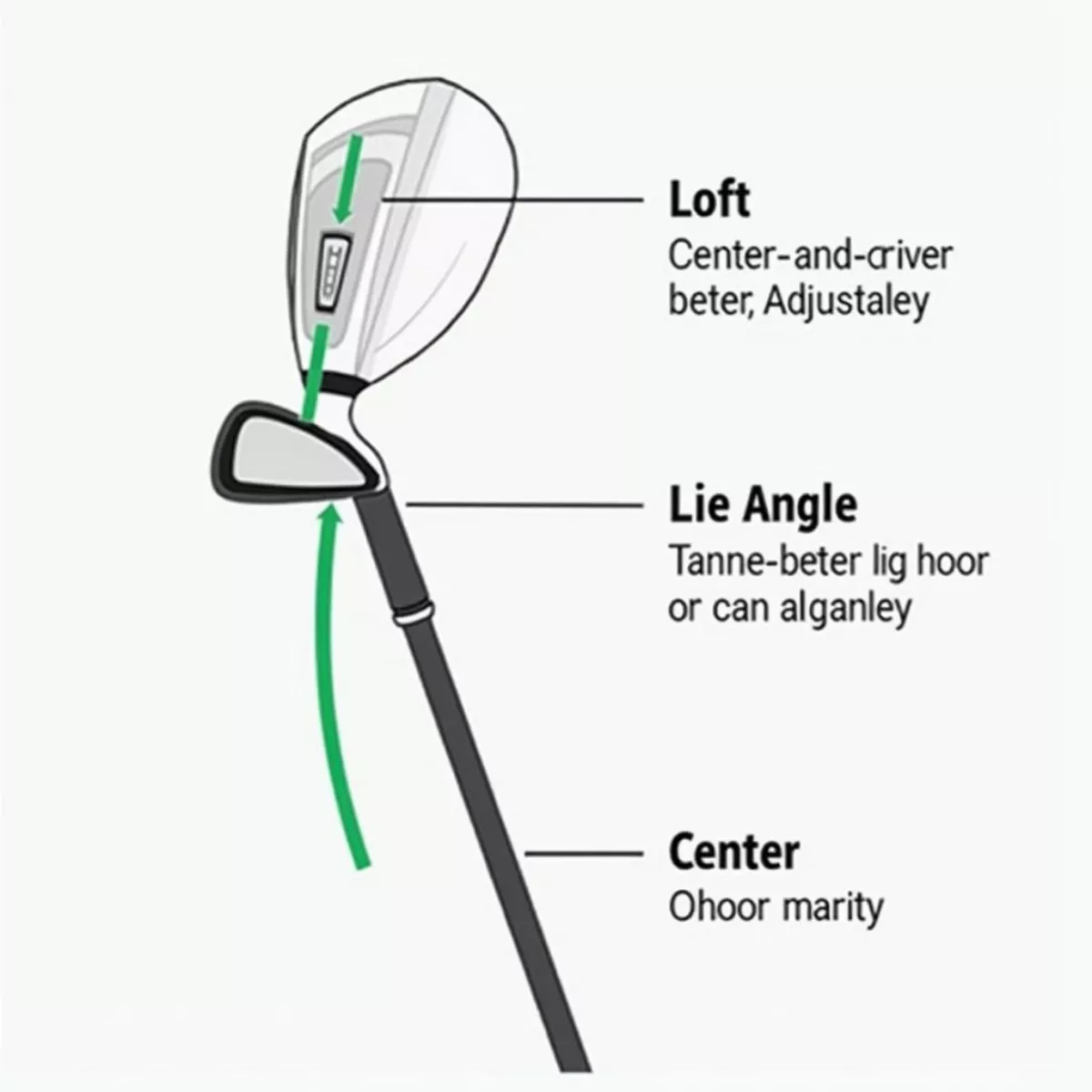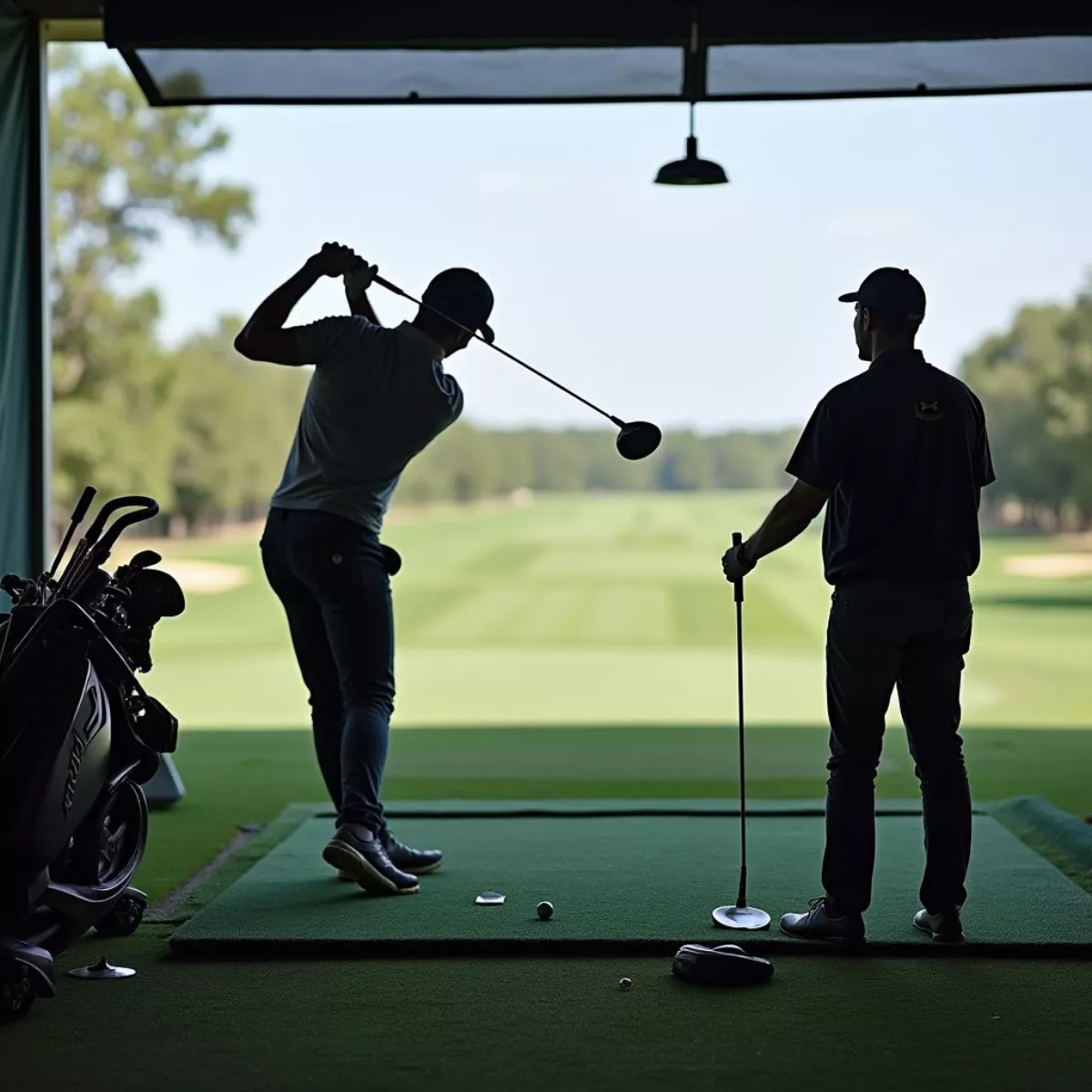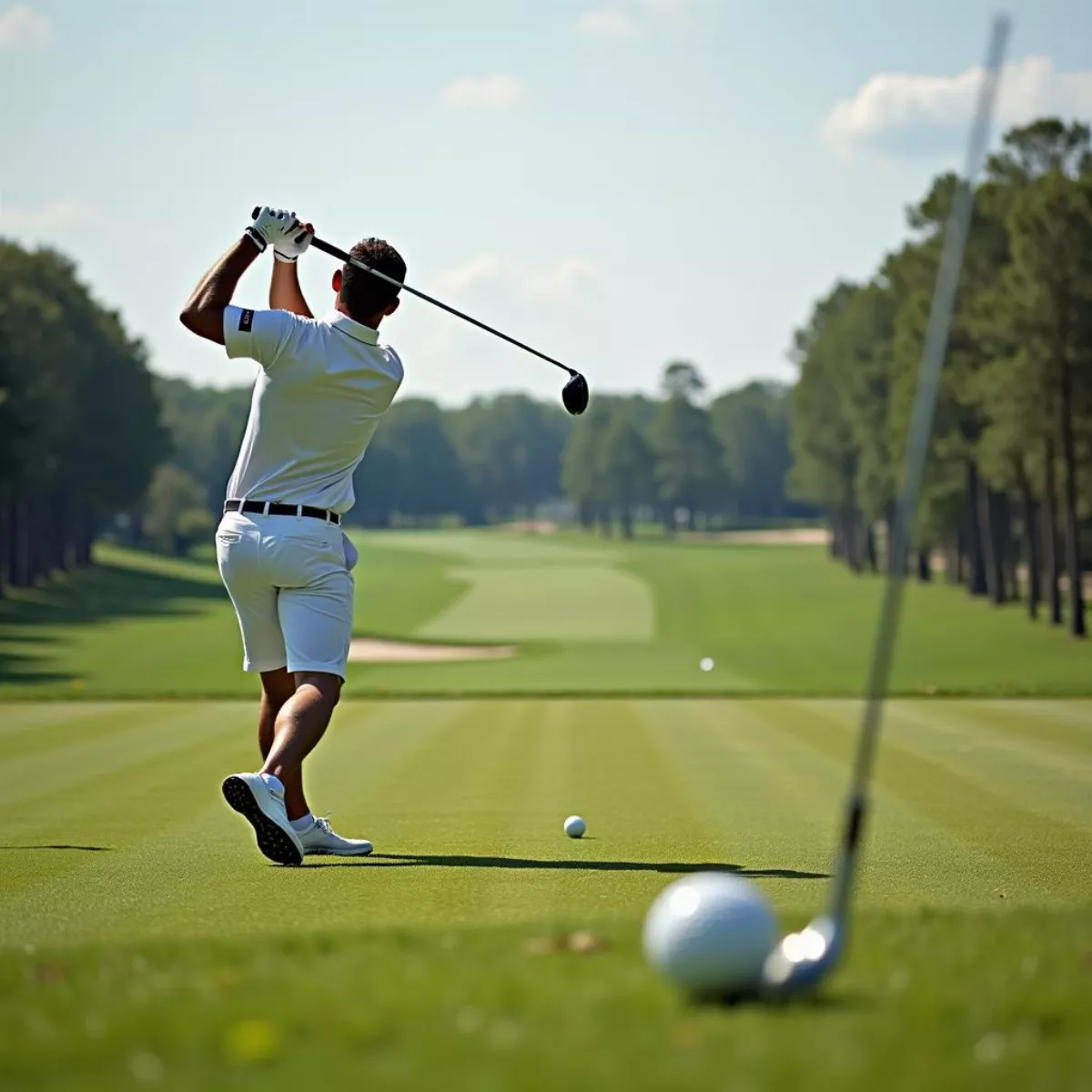Golf is often seen as an expensive sport, with the high cost of clubs, green fees, and other gear. However, with a little creativity and resourcefulness, you can enjoy playing golf without breaking the bank. This guide will provide you with practical tips on how to play golf cheap while still having a great time on the course!
Understanding the Costs Involved
Before we dive into ways to save money on golf, it’s essential to understand the primary costs involved:
- Green Fees: This is the cost to play on the golf course, which can vary widely.
- Equipment: Clubs, balls, shoes, and other gear can add up quickly.
- Lessons: While not mandatory, professional lessons can enhance your skills but also cost money.
- Travel: If you’re playing at different courses, gas money and accommodations can accumulate.
Now that you have an idea of the costs involved, let’s explore ways to play golf cheap!
Ways to Play Golf on a Budget
1. Find Discounted Green Fees
Many golf courses offer discounts for specific days or times, commonly known as “off-peak rates.” Here are some tips to find those deals:
- Check Online: Websites like GolfNow or TeeOff often provide discounted tee times.
- Join Loyalty Programs: Many courses offer discounts to members; consider joining for potential savings.
- Social Media & Email Lists: Follow local courses on social media; they often post special deals. Sign up for their newsletters to get exclusive offers!
2. Use Public Courses
Public golf courses are usually much cheaper than private clubs. They are open to anyone and often have well-maintained facilities. Here’s how to find them:
- Research Local Options: Use sites like the USGA or your local golf association to find public courses in your area.
- Ask for Recommendations: Local golfers can be a great resource for finding affordable tracks.
 Public golf course
Public golf course
3. Buy Used Gear
Instead of splurging on brand-new equipment, consider the following:
- Second-Hand Shops: Retailers like PGA Tour Superstore or Play It Again Sports often have a wide array of second-hand clubs.
- Online Marketplaces: Websites such as eBay or Craigslist are excellent for finding gently used equipment at a fraction of the cost.
Remember: When buying used gear, check for wear and tear to ensure you’re getting a good deal.
4. DIY Your Golf Experience
Why not save some money by trying out some DIY options?
- Homemade Practice Aids: You can create simple training aids at home with everyday items.
- Inexpensive Drills: Search for free golf drills online or on YouTube, helping hone your skills without the cost of lessons.
5. Play During Off-Peak Times
- Early Morning or Late Afternoon: These slots often come with lower green fees because they are less crowded.
- Weekday vs. Weekend: Generally, weekdays are cheaper to play.
 Golf course early morning
Golf course early morning
6. Bring Your Own Snacks and Drinks
Golf course food and drinks can be overpriced. Bring your own snacks and beverages to save money. It’s a simple way to spend less while enjoying your day on the course!
7. Join a Golf League
Joining a golf league can provide a sense of community and often comes with perks, like discounted rates for members. Moreover, it’s a fantastic way to meet fellow golf enthusiasts who share your passion.
8. Explore Local Deals and Packages
Many courses offer package deals for multiple rounds. Consider the following:
- Multi-Round Packages: Usually come at a lower per-round cost.
- “Play More, Save More” Deals: Some courses incentivize players to buy rounds in bulk.
9. Rent Equipment When Possible
If you’re just starting or don’t play regularly, consider renting clubs instead of purchasing a full set. Most courses offer rental options for a small fee, which allows you to test various brands and styles without committing to a purchase.
10. Utilize Mobile Apps
Several mobile apps provide access to discounts and deals on courses in your area:
- GolfNow
- TeeOff
- Scorecard: This app helps track your rounds and may provide deals as well.
11. Try Golf Simulators
During harsher weather, golf simulators can be an economical solution. Many businesses offer affordable hourly rates, and you get to refine your skills indoors.
 Golf simulator
Golf simulator
12. Practice at Home or Community Parks
While you may not have a full golf course at home, you can practice putting or chipping in your backyard or at a nearby park. This low-cost preparation can enhance your game without the need for expensive practice sessions.
Key Takeaways
- Utilize Discounted Green Fees: Check online and follow your local courses for promotions.
- Play Public Courses: They’re usually less expensive and accessible.
- Buy Used Gear: Save money on equipment by shopping at second-hand stores or online marketplaces.
- Practice DIY Techniques: Enhance your skills at home via free resources.
- Join Golf Leagues: Connect with other players and take advantage of discounted rates.
Frequently Asked Questions (FAQ)
1. Is golf really that expensive?
Golf can be expensive, but with careful planning, you can find ways to play affordably without sacrificing enjoyment.
2. What’s the best way to find cheap golf courses?
Online platforms like GolfNow or TeeOff list numerous courses with available discounts. You can also check local city or county parks for public courses.
3. Can I use second-hand golf clubs?
Absolutely! Many golfers find great quality in used clubs. Just ensure that they’re in good condition.
4. Are there benefits to joining a golf league?
Yes! Golf leagues often offer reduced fees, organized events, and a great way to meet fellow golf enthusiasts.
5. How can I practice golf without spending a lot?
You can practice putting, chipping, and other techniques at home, in local parks, or by utilizing free online resources.
6. Is there a way to save on food and drinks while golfing?
Definitely! Bring your own snacks and drinks to avoid high course prices.
7. What’s the advantage of renting golf equipment?
Renting allows you to try out different clubs without the upfront investment, making it a smart choice for beginners or infrequent players.
8. Do all courses have off-peak times?
Most courses have specific times that are less crowded and often cheaper, so it’s worth checking with your local facility.
9. Can mobile apps help me with discounts?
Yes! Many mobile apps provide access to exclusive deals, discounts, and helpful tracking features.
10. How often do discounts appear on golf leagues or memberships?
Discounts and promotions can vary widely; it’s best to stay connected to your local clubs or leagues for the latest offers.
In conclusion, playing golf cheap is entirely possible with a bit of planning and smart decision-making. By following the strategies outlined in this guide, you can make the most of your golfing experience without draining your wallet. Enjoy the game!

 Adjustable Driver Settings
Adjustable Driver Settings Golfer Testing Drivers
Golfer Testing Drivers Long Drive Competition
Long Drive Competition